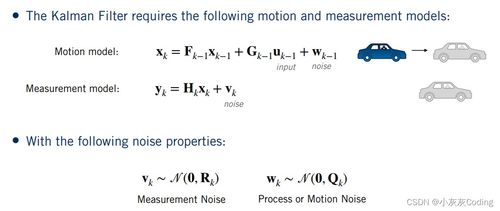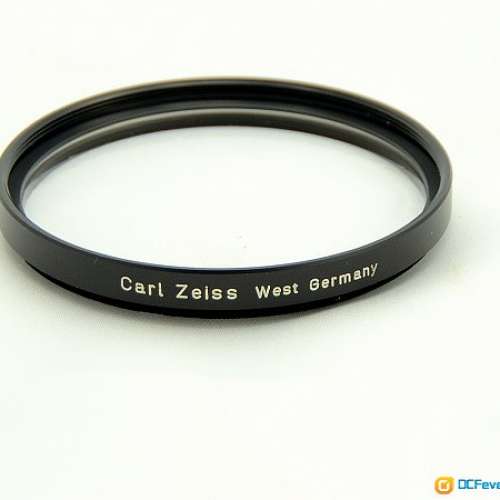Understanding the AR Filter: A Comprehensive Guide
Augmented Reality (AR) has revolutionized the way we interact with the digital world, blending it seamlessly into our physical surroundings. One of the key components that enable this magical experience is the AR filter. In this detailed guide, we’ll delve into what an AR filter is, how it works, and its various applications across different industries.
What is an AR Filter?

An AR filter is a software algorithm that processes and manipulates digital information to overlay it onto the real world. It’s what allows you to see digital objects, like a virtual pet or a 3D model, superimposed on your physical environment. The filter works by analyzing the camera feed, identifying the real-world elements, and then overlaying the digital content accordingly.
How Does an AR Filter Work?

The process of an AR filter involves several steps:
-
Camera Input: The AR filter starts by capturing the real-world environment through the camera of a smartphone or tablet.
-
Image Processing: The captured image is then processed to identify and track the real-world elements, such as objects, landmarks, or even the user’s own face.
-
Overlay: Once the real-world elements are identified, the AR filter overlays the digital content onto the camera feed, creating the augmented reality experience.
-
Feedback Loop: The AR filter continuously updates the overlay based on the camera feed and the user’s movements, ensuring a seamless and interactive experience.
Here’s a simple table to illustrate the key components of an AR filter:
| Component | Description |
|---|---|
| Camera Input | Captures the real-world environment through the camera. |
| Image Processing | Identifies and tracks real-world elements in the captured image. |
| Overlay | Superimposes digital content onto the real-world environment. |
| Feedback Loop | Updates the overlay based on the camera feed and user movements. |
Applications of AR Filters

AR filters have a wide range of applications across various industries:
1. Retail
AR filters have transformed the retail industry by allowing customers to visualize products in their own environment before making a purchase. For example, furniture retailers use AR filters to help customers see how a piece of furniture would look in their living room, while makeup brands use AR filters to let customers try on different makeup looks virtually.
2. Education
AR filters have made learning more engaging and interactive. Students can visualize complex concepts, like the human body or historical events, in a 3D format, making it easier to understand and remember.
3. Healthcare
In healthcare, AR filters are used for medical training, patient education, and even surgery. Surgeons can use AR filters to overlay patient data onto their field of view during surgery, improving accuracy and reducing the risk of complications.
4. Real Estate
The real estate industry has also benefited from AR filters. Potential buyers can take virtual tours of properties, seeing how the interior would look with different furniture arrangements or decor.
5. Entertainment
AR filters have become a popular feature in gaming and entertainment apps. Users can interact with virtual objects in their real-world environment, creating a unique and immersive experience.
Conclusion
AR filters have become an integral part of our digital lives, enhancing our experiences in various ways. As technology continues to evolve, we can expect even more innovative applications of AR filters in the future.
